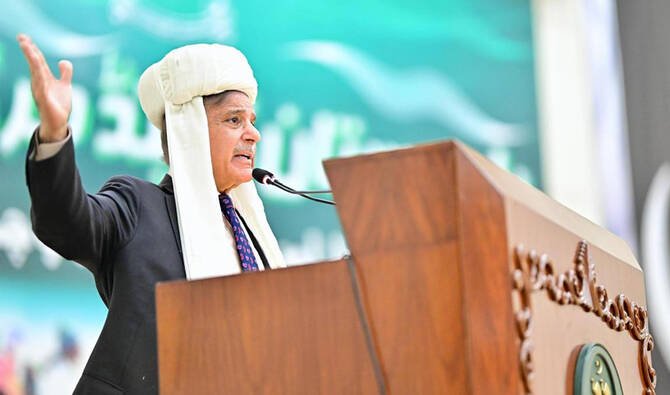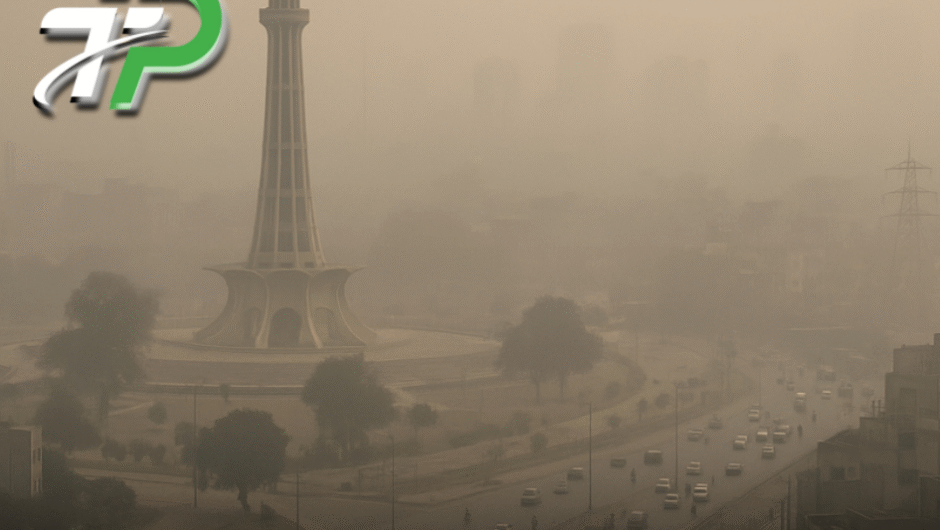WHO Identifies Fake Pharmaceutical Raw Materials in Pakistan: A Wake-Up Call for Regulatory Authorities
The World Health Organization (WHO) has recently raised alarms regarding the supply of counterfeit pharmaceutical raw materials in Pakistan. This disturbing revelation has prompted the Drug Regulatory Authority of Pakistan (DRAP) to take swift action to address the potential risks posed by these fake materials. The situation underscores the critical need for stringent regulatory oversight in the pharmaceutical industry to safeguard public health.
The Growing Concern of Counterfeit Pharmaceutical Raw Materials
Counterfeit pharmaceutical raw materials refer to substances that are falsely labeled or adulterated, lacking the intended therapeutic effect, or worse, posing serious health risks. The presence of such materials in the supply chain can compromise the quality and safety of medicines, leading to ineffective treatments or harmful side effects for patients.
The WHO’s identification of these counterfeit raw materials in Pakistan highlights a significant concern for the country’s pharmaceutical sector. With Pakistan being a major producer of generic medicines, the integrity of its pharmaceutical supply chain is crucial for both domestic and international markets. The infiltration of counterfeit materials threatens not only the health of consumers but also the reputation of Pakistan’s pharmaceutical industry.
DRAP’s Response to the WHO’s Findings
In response to the WHO’s findings, the Drug Regulatory Authority of Pakistan (DRAP) has initiated a comprehensive investigation into the sources and distribution channels of the counterfeit raw materials. DRAP has also issued warnings to pharmaceutical manufacturers, urging them to conduct rigorous quality checks on their raw materials and ensure compliance with Good Manufacturing Practices (GMP).
DRAP’s actions include:
- Inspection of Manufacturing Facilities: DRAP has intensified inspections of pharmaceutical manufacturing facilities across the country. These inspections are aimed at verifying the authenticity of raw materials and ensuring that manufacturers adhere to the highest standards of quality and safety.
- Collaboration with International Authorities: DRAP is working closely with international regulatory bodies, including the WHO, to trace the origins of the counterfeit materials and prevent their further distribution. This collaboration is crucial for identifying the global networks involved in the production and distribution of fake pharmaceutical raw materials.
- Public Awareness Campaigns: To protect consumers, DRAP has launched public awareness campaigns to educate the public about the dangers of counterfeit medicines. These campaigns emphasize the importance of purchasing medicines from licensed pharmacies and verifying the authenticity of products.
Impact on Pakistan’s Pharmaceutical Industry
The discovery of counterfeit raw materials in Pakistan’s pharmaceutical supply chain has significant implications for the industry. For one, it raises concerns about the overall quality control processes within the sector. Pharmaceutical companies may face increased scrutiny from both domestic and international regulators, leading to stricter compliance requirements.
Moreover, the incident could damage the reputation of Pakistani pharmaceutical products in global markets. Countries that import medicines from Pakistan may impose additional regulatory barriers, affecting the industry’s export potential. To mitigate this risk, it is essential for Pakistani manufacturers to demonstrate their commitment to quality and safety by adhering to international standards.
The Role of Technology in Combating Counterfeit Materials
To effectively combat the issue of counterfeit pharmaceutical raw materials, the adoption of advanced technologies is imperative. Blockchain technology, for example, offers a promising solution by providing a transparent and immutable record of the entire supply chain. By implementing blockchain, pharmaceutical companies can track and verify the authenticity of raw materials from their source to the final product.
Additionally, the use of advanced analytical techniques, such as spectroscopy and chromatography, can help detect the presence of counterfeit substances in raw materials. These techniques allow for precise identification of the chemical composition of raw materials, ensuring that only genuine substances are used in the production of medicines.
Future Directions for DRAP and the Pharmaceutical Industry
The WHO’s identification of counterfeit pharmaceutical raw materials in Pakistan serves as a wake-up call for regulatory authorities and the pharmaceutical industry. Moving forward, it is crucial for DRAP to strengthen its regulatory framework and enhance its monitoring capabilities to prevent similar incidents in the future.
This includes:
- Enhanced Surveillance: DRAP should implement enhanced surveillance measures to monitor the supply chain more effectively. This could involve the use of digital platforms for real-time tracking of raw materials and finished products.
- Stricter Penalties: To deter the production and distribution of counterfeit materials, DRAP should impose stricter penalties on those involved in such activities. This could include hefty fines, revocation of licenses, and legal action against offenders.
- Capacity Building: DRAP should invest in capacity building for its staff and stakeholders in the pharmaceutical industry. This includes training programs on the latest technologies and best practices for ensuring the quality and safety of pharmaceutical products.





